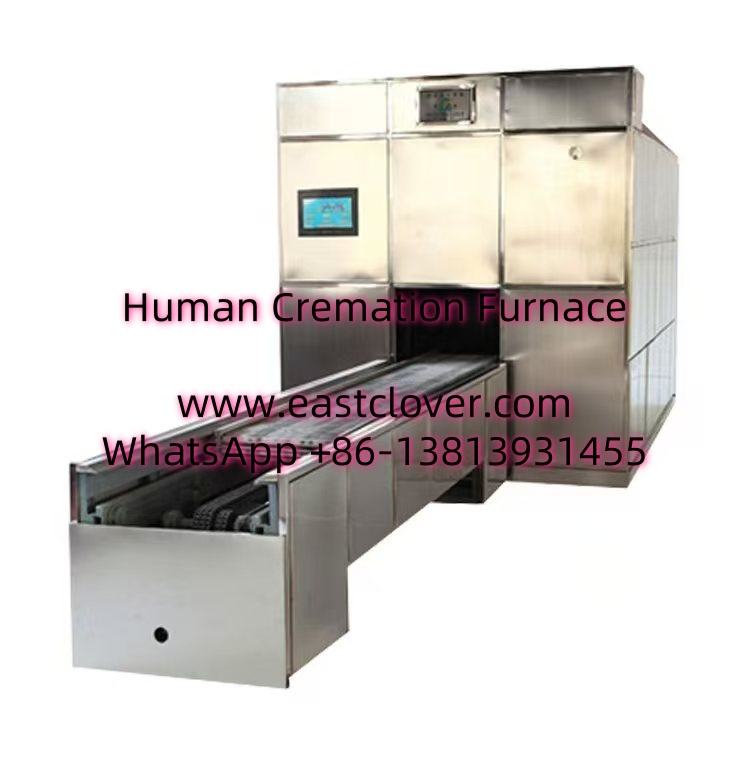Emergency Mobile Container Cremation Incinerators in Kampala
In recent years, Kampala has faced significant challenges in managing mortuary services during health crises, particularly pandemics. Overcrowded morgues, limited infrastructure, and cultural sensitivities around burial practices have compounded difficulties during outbreaks. To address these issues, the city has turned to an innovative solution: **emergency mobile container cremation incinerators**. These portable units are designed to provide rapid, dignified, and environmentally responsible cremation services during emergencies, reducing pressure on traditional mortuaries and mitigating public health risks.
The Crisis: Mortuary Overload During Pandemics
Kampala’s mortuary system, like many in low-resource settings, struggles with capacity during normal times. However, pandemics such as COVID-19 exacerbated these challenges. At the height of the pandemic, hospitals reported mortuaries operating at 200–300% capacity, leading to delays in body disposal and heightened risks of disease transmission. Traditional burial practices, which often involve large gatherings and prolonged rituals, also became public health hazards. These factors underscored the urgent need for adaptable, scalable solutions to manage the deceased with dignity and efficiency.
What Are Mobile Container Cremation Incinerators?
Mobile cremation incinerators are modular, containerized units equipped with high-temperature furnaces capable of cremating human remains. Designed for rapid deployment, they can be transported to crisis zones, installed near hospitals, or stationed in communities with high mortality rates. Key features include:
- **Portability**: Mounted on trailers or shipping containers for easy transportation.
- **High-Efficiency Combustion**: Advanced incineration technology minimizes emissions and fuel consumption.
- **Scalability**: Multiple units can operate simultaneously to handle surges in demand.
- **Cultural Sensitivity**: Configurable to accommodate diverse religious and cultural practices.
Kampala’s Adoption of Mobile Cremation
Kampala’s city authorities collaborated with international health organizations and engineers to pilot mobile cremation units during the COVID-19 pandemic. These units were strategically placed near overwhelmed hospitals and in peri-urban areas lacking mortuary access. By decentralizing cremation services, the city reduced the need for long-distance transportation of bodies, which had previously caused delays and logistical bottlenecks. Additionally, the units incorporated pollution control systems, addressing concerns about air quality and environmental impact.
Benefits of Mobile Cremation in Crisis Response
- **Rapid Deployment**: Units can be operational within hours, providing immediate relief to strained facilities.
- **Infrastructure Independence**: Requires no permanent structures, making it ideal for temporary crises.
- **Dignified Disposal**: Families can witness or participate in abbreviated rituals, respecting cultural norms.
- **Public Health Protection**: Reduces risks of pathogens spreading through unmanaged corpses.
Challenges and Ethical Considerations
Despite their advantages, mobile cremation incinerators have faced scrutiny. Some communities initially resisted the technology due to misconceptions about cremation or distrust of government-led initiatives. Cultural preferences for burial required extensive community engagement to ensure acceptance. Environmental advocates also raised concerns about emissions, though modern filters and cleaner fuels have largely mitigated these issues. Ethical debates persist about balancing public health imperatives with individual and cultural rights.
www.southclover.com
Kampala’s use of mobile container cremation incinerators represents a pragmatic and humane response to the systemic challenges of managing mass fatalities during pandemics. By prioritizing flexibility, cultural sensitivity, and environmental sustainability, the city has set a precedent for other regions grappling with similar crises. While challenges remain, the integration of mobile cremation into disaster preparedness plans demonstrates how innovation can harmonize public health needs with societal values.
FAQs
How do mobile cremation units work?
Mobile units use high-temperature furnaces enclosed in portable containers. They are powered by diesel, gas, or electricity and include filters to reduce emissions. Bodies are placed in combustion chambers, and ashes are collected for return to families.
Are mobile cremators culturally acceptable in Uganda?
Acceptance varies, but Kampala’s authorities worked with religious and community leaders to address concerns. The units allow families to conduct rituals, bridging traditional practices with emergency needs.
What environmental safeguards are in place?
Advanced scrubbers, particulate filters, and continuous emissions monitoring systems ensure compliance with air quality standards. Units are also designed to minimize fuel use.
Can these units handle a sudden surge in deaths?
Yes. Multiple units can be deployed simultaneously, with each incinerator processing 4–6 bodies daily. This scalability makes them ideal for pandemic peaks.
How cost-effective are mobile cremators compared to traditional methods?
While initial setup costs are high, mobile units reduce long-term expenses associated with body storage, transportation, and ground burial. They also prevent costly public health outbreaks.

Comments are closed